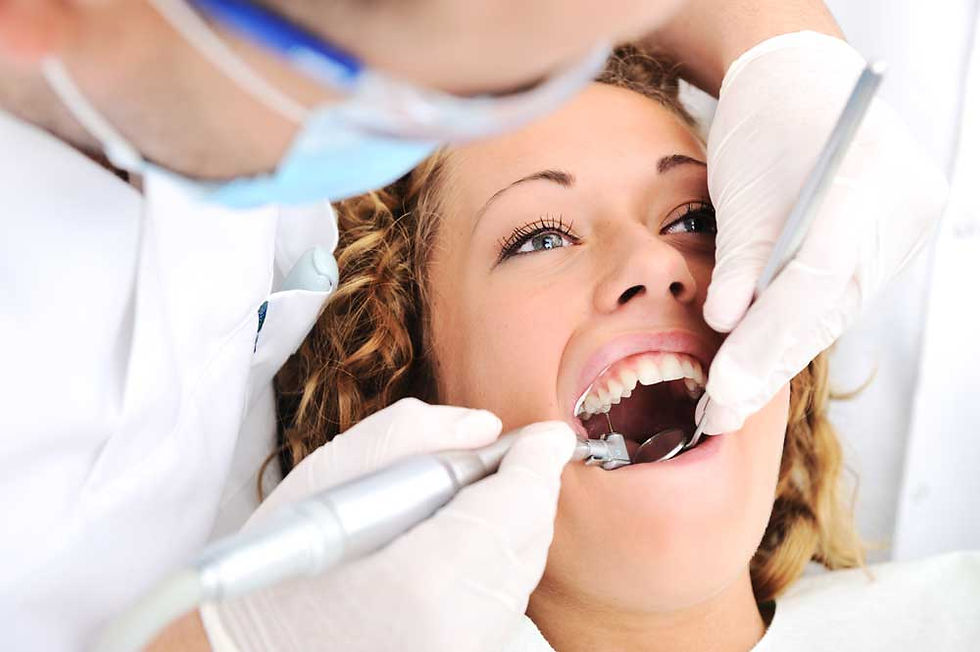Are Clear Aligners Suitable for All Orthodontic Cases, Including Complex Teeth Misalignments?
- Laticia Gibson
- Jul 20, 2023
- 2 min read

Orthodontic treatment is essential to align teeth properly and create a stunning smile. Traditional braces have lost favor in favor of discrete and practical clear aligners like Invisalign. Many people do, however, question whether transparent aligners are appropriate for all orthodontic situations, particularly severe malocclusions.
What Are Clear Aligners?
Custom-made, removable trays called clear aligners slowly move teeth into the correct positions. They are constructed of transparent, BPA-free plastic, which makes them almost undetectable while worn. A series of aligners that are switched out every few weeks are used in the therapy to move the teeth in the proper direction.
What Is The Suitability for Complex Malocclusions?
While transparent aligners for Invisalign teen have shown to be successful in treating a variety of orthodontic problems, whether they are appropriate for treating complex malocclusions relies on a number of different variables. The following are some things to remember:
Gratification of Misalignment
The severity of the malocclusion significantly influences the appropriateness of clear aligners. Clear aligner therapy is frequently viable for mild to moderate situations, such as crowding, spacing abnormalities, or small biting issues. Alternative treatments might be necessary for more severe cases, such as those with large jaw discrepancies or complicated bite problems.
The expertise of the orthodontist
The orthodontist's training and experience significantly influence the suitability of clear aligners for complex malocclusions. The best orthodontist near me can precisely evaluate the case's intricacy and choose the best course of action. They may suggest alternate treatments or pair them with additional orthodontic devices if clear aligners are insufficient.
Complying and Being Responsible
The patient's cooperation and responsibility are crucial to the outcome of the clear aligner procedure. Clear aligners must be used as directed and changed according to the schedule each day for the necessary amount of time (usually 20 to 22 hours). Patients must follow the orthodontist's instructions and maintain good oral hygiene habits for the best outcomes. As a result, dedication to the treatment procedure is essential. Complex malocclusions may require longer treatment times and additional aligners.
Needs for Interprofessional Treatment
Complex malocclusions may occasionally require interdisciplinary care. In order to address various aspects of malocclusion, orthodontists collaborate with other dental professionals, such as oral surgeons or periodontists. In these situations, clear aligners may be used as part of a whole treatment strategy to produce the desired outcomes.
In Conclusion
Many people choose the popular and successful orthodontic treatment option of clear aligners like Invisalign. Although they can be used to treat various orthodontic issues, including mild to moderate malocclusions, their success in treating complex malocclusions depends on several variables.
The effectiveness of clear aligners is influenced by the degree of the misalignment, the orthodontist's training, patient compliance, and the requirement for multidisciplinary therapy. A skilled dentist office open on saturday should be consulted in order to establish the best course of action for treating complex malocclusions. Remember that orthodontic treatment aims to achieve a healthy, straight smile, and your orthodontist will direct you toward the best course of action for your individual requirements.


Comments